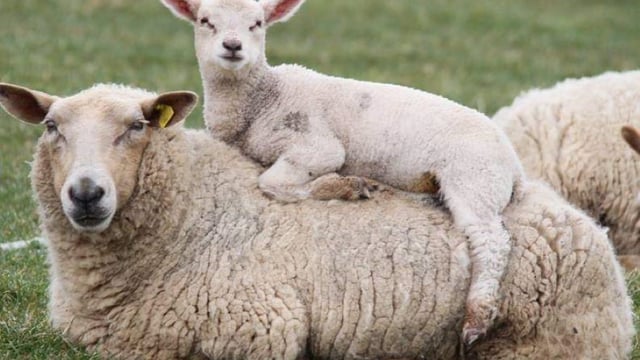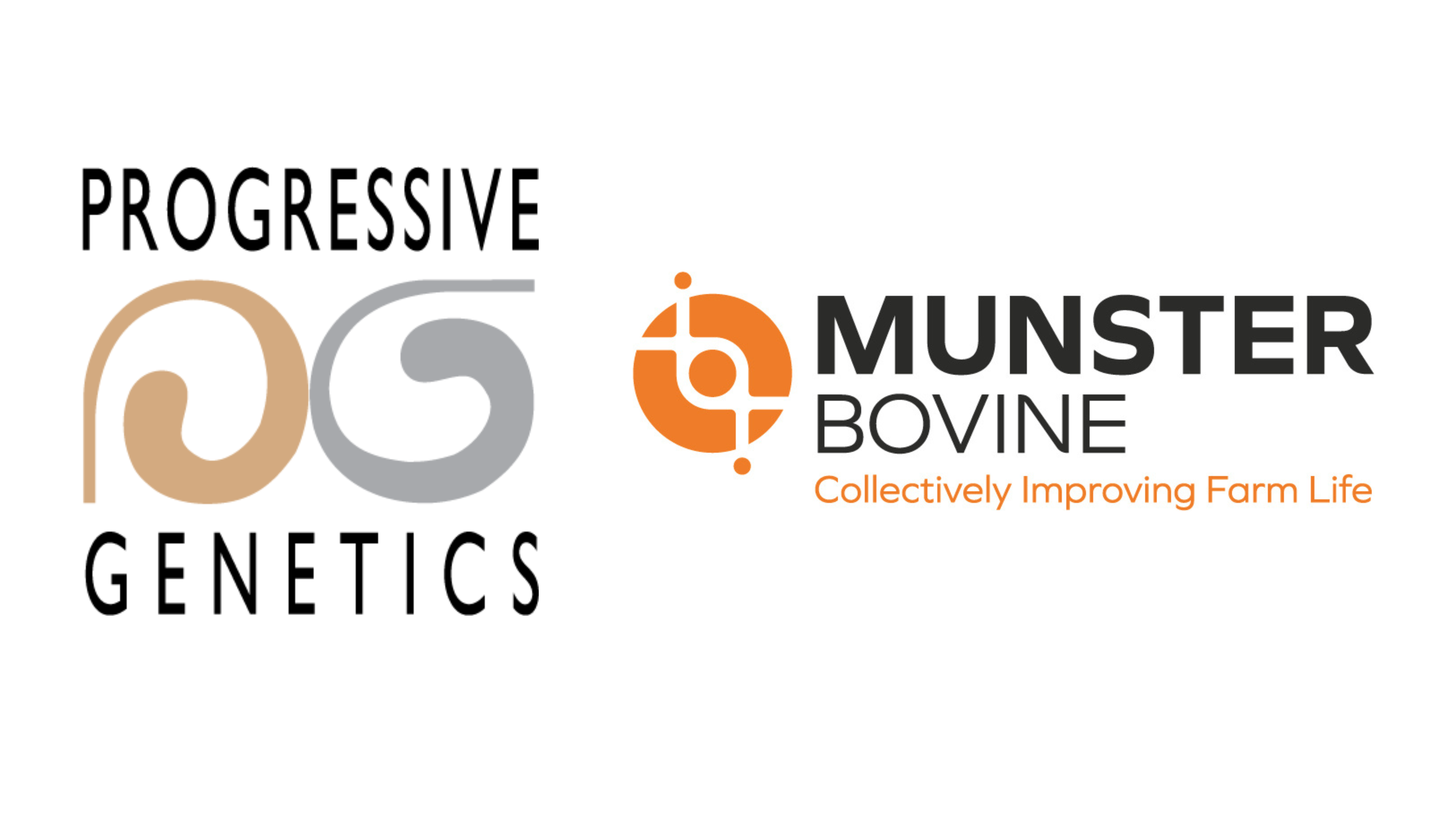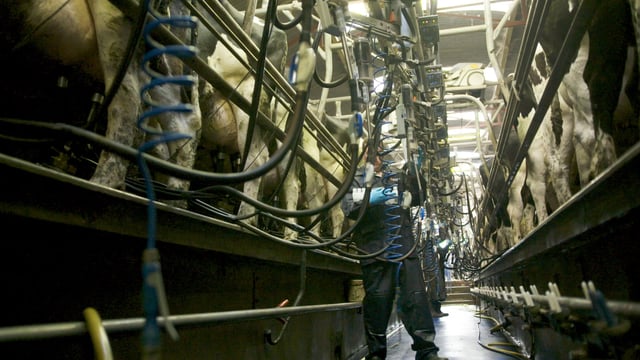Sponsored Article

Sponsored Article
Using Moxodex Pour-On on replacement heifers for European market
Sponsored Article

Seamus Costello has been rearing replacement dairy heifers for the last 10 years just outside Tuam, Co. Galway. The herd comprises 350 dairy heifers.
Calves are bought in at two to three-weeks-old and kept for approximately 18 months, before being exported to the German and French market as replacement heifers.
Seamus is aware that both gut and lung worms can severely impact future performance.
Research has shown that the Daily Liveweight Gain (DLWG) of calves six to eight weeks after turnout is correlated with their level of exposure to parasitic worms.
Average growth rates of 0.7kg/day or more on pasture are required, if replacement heifers are to calve at 24-months-of-age.
Uncontrolled parasite challenge will prevent heifers from achieving these necessary target weight gains.
The reduction in growth rate could be as high as 50% under a heavy worm burden in youngstock, and even with a low level of worm challenge, gut worms can reduce growth rate by up to 30%.
These factors can make it difficult to achieve growth targets for replacement heifers. Recovery from parasitic infections can be prolonged and may extend the time to breeding weights by up to three months. These factors can significantly impact on farm profits.
- 8-10 week dosing interval: Moxodex Pour-On protects against stomach worms for five weeks and lungworms for six weeks through its persistent activity. This means that when the pour on is applied, it kills the stomach worm and lungworm that are present today and for the next five and six weeks respectively. We then allow for three weeks exposure to the animals prior to dosing them again. This corresponds to the parasites’ prepatent periods.
- Convenience: Moxodex Pour-On is convenient to use and reduces labour requirement on the farm, thus saving the farmer time and money. Seamus had dosed his herd of 350 heifers in approximately 2.5 hours. This is a huge advantage as he has silage to make and aiming to get his first load of heifers ready for live export.
- Recovery from lung worm: Calves in the first grazing season have little or no immunity and are at high risk of parasitic infection. Lungworm infection, more commonly known as ‘hoose’, causes coughing, laboured breathing and if left untreated death in some cases. Severe lung worm infection in young growing cattle can cost between from €60 to €120/head. Moxodex, due to its persistent activity, protects against reinfection and allows lungs time to recover.
- Reduced parasite population: Managing parasites early in the grazing system, will prevent build-up of infected larvae later in the season. When used appropriately, Moxodex pour on can minimise egg shedding and break the cycle that occurs when young stock become reinfected frequently and shed increasing numbers of eggs.
- Meeting best practice: Moxodex Pour-On helps Seamus to meet best practice standards when dosing his heifers. Appropriate clinical examination, weight monitoring and faecal egg counts (FEC) are important to complete prior to application, to confirm that worming is required. Research across Ireland and Europe has shown that over the last few years, there is increasing multi-drug resistance building amongst worm population. By introducing moxidectin as a treatment option to Seamus’s parasite control program, this can help to slow down the spread of resistance across wormer classes. After dosing, it is important to recheck FECs to ensure that resistance is not present. Contact your vet or prescriber for more information and advice.
Sponsored Article








